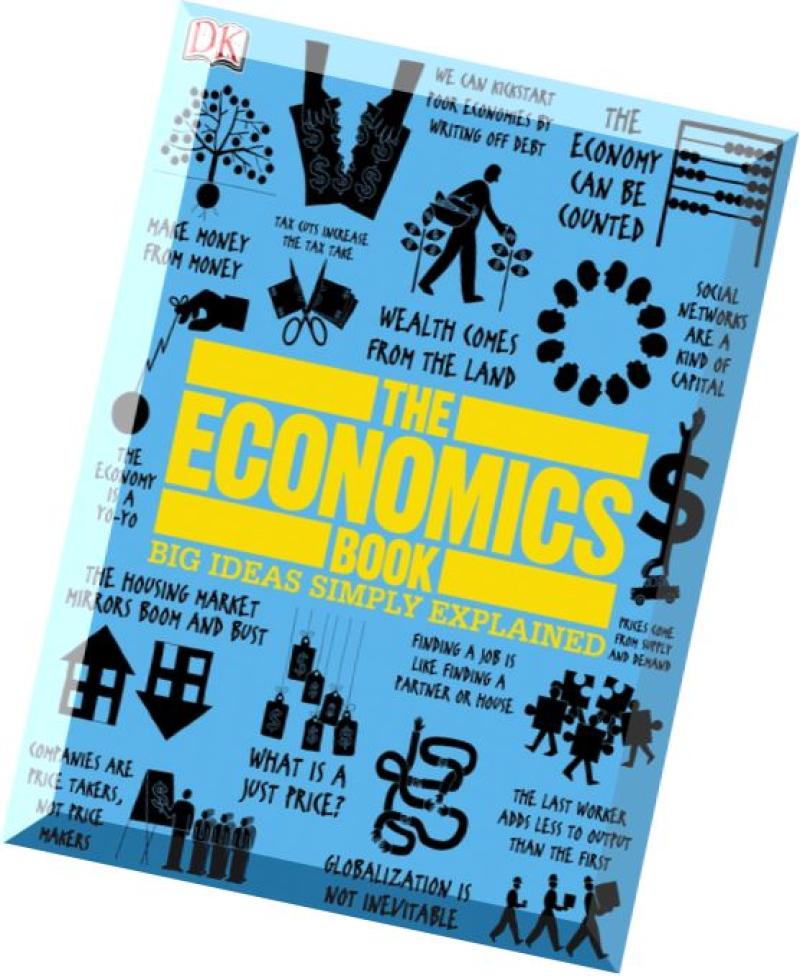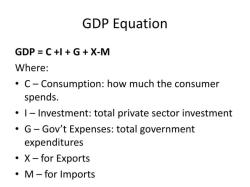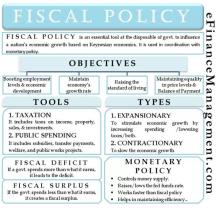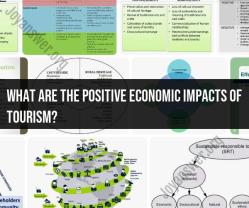What is a PDF in economics?
In economics, a PDF typically refers to a "Probability Density Function" rather than the commonly known "Portable Document Format." Let me briefly explain both:
Probability Density Function (PDF):
- In the context of economics and statistics, a PDF is a mathematical function that describes the likelihood of a continuous random variable falling within a particular range of values. It is used to model and analyze probability distributions.
Portable Document Format (PDF):
- While not specific to economics, the Portable Document Format is a file format used for presenting documents in a manner independent of application software, hardware, and operating systems. PDF files can contain text, images, hyperlinks, and other elements, making them widely used for sharing and distributing documents.
In the context of economic studies, both concepts may play a role:
Probability Density Function (PDF) in Economics:
- Economists and statisticians may use probability density functions to model and analyze the distribution of economic variables, such as income, prices, or economic growth rates. Probability density functions help quantify the likelihood of different outcomes occurring within a range.
Portable Document Format (PDF) in Economic Studies:
- PDFs are commonly used to share and distribute economic research papers, reports, articles, and other documents. Economic studies, research findings, and academic papers are often disseminated in PDF format to ensure that the document's formatting remains consistent across different devices and platforms.
In summary, while "PDF" in economics can refer to Probability Density Function when dealing with statistical distributions, in the broader context of economic studies, the term "PDF" may also refer to Portable Document Format, which is a common file format for sharing and distributing economic research and documents.
Exploring the Power of PDFs in Economics: A Treasure Trove of Knowledge
In the realm of economics, PDFs reign supreme as powerful tools for learning, research, and knowledge dissemination. Let's delve into their multifaceted role and uncover how they enrich the journey of understanding economic theories and trends.
1. The Indispensable PDF:
PDFs (Portable Document Format) serve as the backbone of economic literature, acting as a universal file format accessible across computers and operating systems. They ensure:
- Preservation of formatting: The document's layout, fonts, and images remain intact, regardless of the device displaying it.
- Searchability: Text within PDFs can be readily searched, allowing for quick navigation and retrieval of specific information.
- Sharing and collaboration: PDFs can be easily shared electronically, facilitating collaboration and research exchange among economists and students.
2. Unveiling Knowledge:
Economists leverage PDFs in countless ways:
- Learning and study: Students utilize PDFs to access academic papers, textbooks, and lecture notes. Highlighting features and annotating capabilities personalize the learning experience.
- Research and analysis: Economists rely on PDFs to delve into research papers, statistical reports, and government publications. Embedded data and charts within PDFs facilitate analysis and exploration.
- Data visualization: Interactive PDFs featuring dynamic charts and graphs enable deeper understanding of economic trends and relationships.
3. Iconic PDFs Shaping the Field:
Several landmark documents in economics exist as PDFs, shaping the discourse and understanding of the field:
- Adam Smith's "The Wealth of Nations": This foundational text outlines the principles of modern capitalism and is readily available in various PDF versions.
- John Maynard Keynes's "The General Theory of Employment, Interest and Money": This revolutionary work transformed macroeconomic theory and is accessible as a PDF for in-depth study.
- The World Bank's World Development Report: This annual report, offering insights into global economic trends and development challenges, is widely disseminated as a PDF.
4. Democratizing Economic Knowledge:
PDFs play a crucial role in making economic literature more accessible:
- Open access initiatives: Many academic journals and research institutions offer free PDFs of their publications, expanding access to knowledge for individuals and institutions with limited resources.
- Online repositories: Online libraries and databases like the World Bank Open Data and the International Monetary Fund eLibrary archive countless economic PDFs, fostering global knowledge sharing.
- Offline accessibility: PDFs can be downloaded and stored on personal devices, enabling access to economic information even in areas with limited internet connectivity.
5. Advantages for Economists:
Beyond accessibility, PDFs offer specific advantages for economists:
- Version control: Multiple versions of a paper or report can be readily compared in PDF format, aiding in research and understanding the evolution of economic thought.
- Citation management: PDF metadata facilitates accurate citation tracking and reference management, crucial for academic research.
- Integration with software: Specialized software tools allow for advanced analysis of data and charts embedded within PDFs, enriching research capabilities.
In conclusion, PDFs are not just digital containers for economic knowledge; they are powerful tools that democratize access, enhance learning, and fuel research in the ever-evolving field of economics. As technology advances and information sharing becomes more global, PDFs are poised to remain indispensable companions on the journey to understanding the complexities of our economic world.













